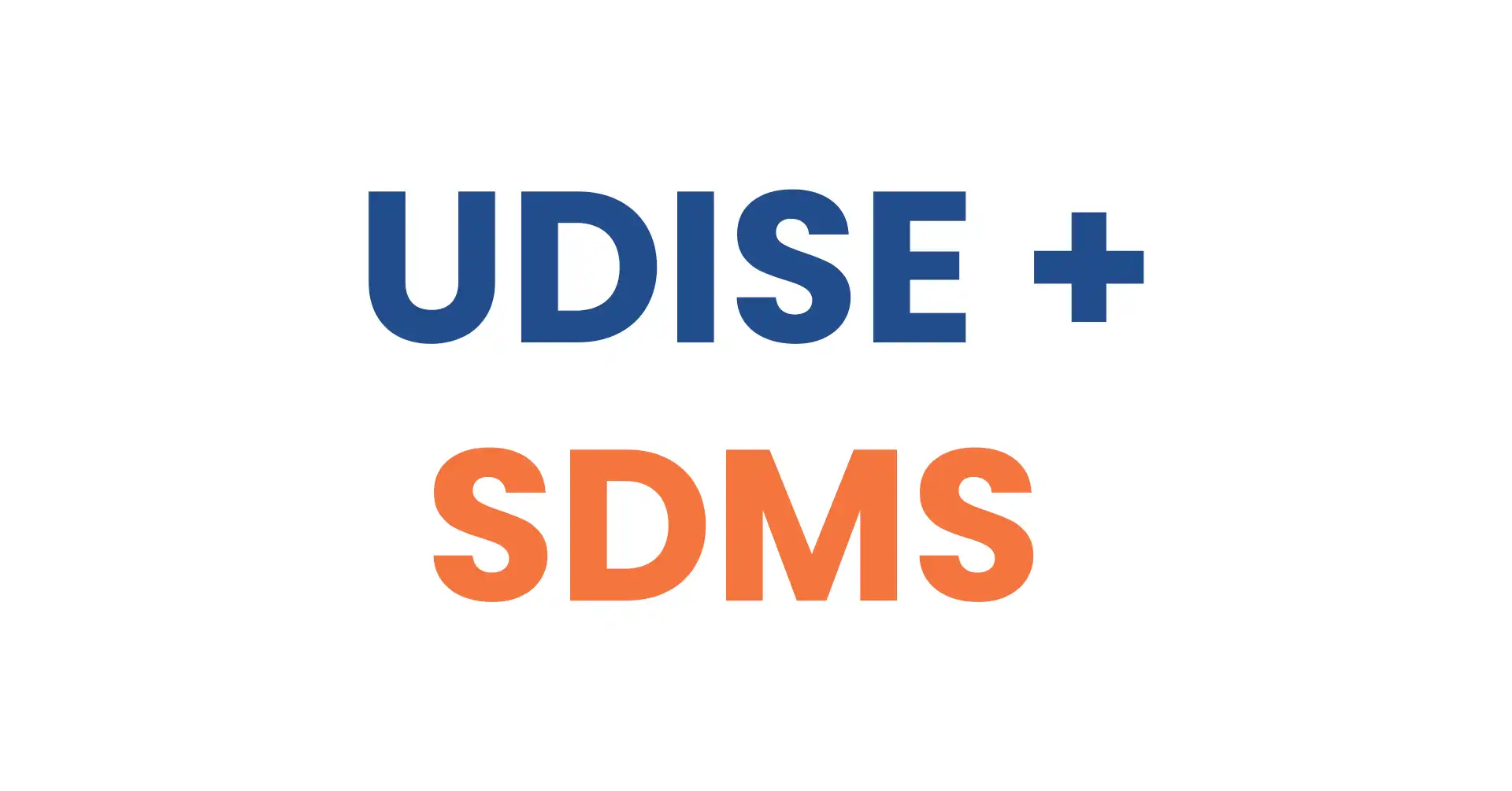
Student Database Management Systems (sdms udise) are specialized software solutions designed to manage and store student-related information, including academic records, personal information, and attendance data. sdms udise facilitates efficient student data handling, making it easier for educational institutions to track students’ progress, manage administrative tasks, and enhance communication between stakeholders.
Unified District Information System for Education (UDISE), on the other hand, is a comprehensive data management system initiated by the Ministry of Education, Government of India. It aims to collect and analyze education-related data at the school, district, and state levels across India. UDISE serves as a critical tool for policymakers, providing a macro-level view of the educational landscape, aiding in resource allocation, and monitoring the effectiveness of various educational programs.
The Integration of sdms udise and UDISE: An Overview
The integration of sdms udise with UDISE aims to create a seamless flow of data from individual schools to the national education database. This linkage is intended to automate the process of data collection, reduce redundancy, and ensure the accuracy of educational statistics. By leveraging the capabilities of sdms udise to gather detailed student-level data and feeding this information into the UDISE framework, stakeholders can gain a more granular view of the educational sector’s performance.
Benefits of Integration
- Improved Data Accuracy and Reliability: The direct flow of data from sdms udise to UDISE minimizes human errors in data entry and ensures that the information collected is current and accurate.
- Efficient Data Management: This integration simplifies the process of managing vast amounts of educational data, making it easier to update, retrieve, and analyze information as needed.
- Enhanced Decision-Making: With access to detailed and reliable data, policymakers can make informed decisions regarding curriculum development, resource allocation, and implementation of educational initiatives.
- Increased Transparency: The integration facilitates a higher level of transparency in the education sector by making data more accessible to stakeholders, including parents, educators, and the general public.
- Real-Time Monitoring and Evaluation: Stakeholders can monitor educational trends, evaluate the effectiveness of educational policies, and identify areas requiring attention in real-time.
Potential Impacts
- Policy Formulation and Implementation: The integration can significantly influence the formulation and implementation of educational policies by providing a data-driven foundation for decision-making.
- Resource Allocation: Detailed and accurate data can lead to more effective allocation of resources, ensuring that schools and students with the greatest needs receive adequate support.
- Educational Equity: By highlighting disparities in educational access, quality, and outcomes, the integrated system can help address issues of equity and inclusiveness in education.
- Quality of Education: Insights gained from the integrated data can inform initiatives aimed at improving the quality of education, including teacher training, curriculum development, and student assessment practices.
Conclusion
The integration of sdms udise and UDISE marks a significant step forward in the digital transformation of India’s educational data management. By streamlining data collection processes and enhancing the accuracy and accessibility of educational data, this integration holds the potential to profoundly impact educational planning, policy formulation, and the overall quality of education in India. As the system matures and more data becomes available, it will undoubtedly become an indispensable tool for driving educational improvements and fostering an environment where every student has the opportunity to succeed.







“In the library, we find not only answers, but the questions that drive us to seek ever deeper understanding of the world around us.”